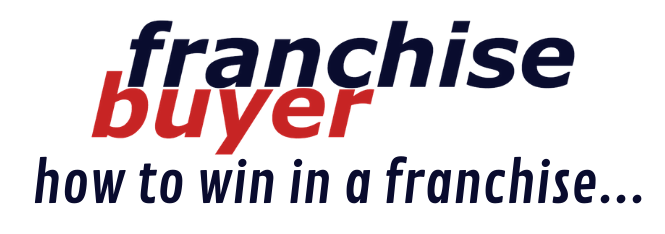August 30, 2016
You Cannot Manage What You Don’t Measure
Philip Chapman of MiLease addresses this age old yet crucial fact via looking at some fundamental principles that owners of any business of any size can use to improve their business’ performance.

At the recent Australian Pharmacy professional Conference (APP), one of the leading business valuers in Australia spoke about the 3 Key areas that all Retailers need to focus on to improve the value and profitability of their business.
The areas to focus on are:
• COGs (Cost of Goods),
• Wages
• Occupancy Costs (Rental Lease obligations).
An observation that really stood out was that “..by focusing on achieving a 1% improvement annually in each of these three areas of cost, you will significantly increase the value of your business”. Yet improvements in these areas can only be achieved through internal systems and processes to measure performance and manage the outcomes you need to deliver.
Cost of Goods (COGs)
With COGs, the starting point lies in a further two key areas, suppliers and stock turn. Contracts with suppliers should be renegotiated annually. That goes for all suppliers to ensure reductions in cost base are reflected in lowering your COGs and suppliers remain competitive to the market in acquiring your business. Multiple-year contracts only support the suppliers’ bottom line. Second, stock turn needs to be measured by product/range, not by whole of store or department and then matching this against supplier terms.
Most stores apply a one size fits all approach to supplier payment terms. It is more beneficial to match payment terms to inventory (stock) terms. (You will be surprised how effective this can be in negotiating with your suppliers).
Wages
The next key area is wages, particularly with Australia’s employee penalty rate system opposed to customer demands and trading hours, this area is naturally vital to the bottom line. Some points to consider to best manage wages:
- Outsource non-productive processes i.e Administration/HR etc,
- Automate as many processes as possible – such as stock ordering and handling etc,
- Flexible Rostering to match business volumes rather than employee lifestyles (this is a hard one),
- Productivity - Employ more productive people and train them very well.
Occupancy
Costs Occupancy Costs are often (almost always) left out of the equation mainly due to the perception that the leaseis a set contract and to make improvements is not onlyall too hard – but not possible. But, the applied reality is, once we start to measure occupancy costs and real estate performance, the opportunities to manage and improve outcomes become apparent. Further, the forward planning and strategic management of the Lease Lifecycle (length of term) towards not only the ever reducing critical path of your current lease but the successful renewing of this contract is fundamental to the value of your business.
In another presentation at APP, a clear take away from it was the risk to lenders as well, with rent being a major influencer on EBITA, Business Risk and Compliance on lending covenants. In other words, the banks and lenders are just as ‘invested’. Since then, we have spoken with major lenders and finance brokers. The common issues were the risks surrounding the lease, and how they address lending KPI’s and covenants when no one is measuring real estate outcomes and managing the risks associated with an ever reducing lease term (with no guarantee of a renewal).
Action Taken - MiLease Now in all transparency, this is what we do very well at MiLease. Recently, subscribers to MiLease - Managing Lease Intelligence, have realised the benefits of this new service where they receive copies of their MiLease reports for their 6-monthly Bank Risk Reviews. These reports were so well received that Lenders have contacted us seeking to know how the balance of their Clients can achieve the same level of reporting and risk mitigation, in relation to the retail lease.
So, we know we are onto something here! MiLease is not a software solution, which invariably costs more in your time and effort than achieves in desired outcomes. Instead, it is a unique and cost-effective outsourced service that measures and manages all facets of the retail lease, most importantly the relationship with one of your main suppliers – the Landlord. Identifying and activating savings in occupancy cost and real estate performance - is not easy and takes time, hence partnering with experts who are focused on this key area and frees you to concentrate on the other two vital cost areas to deliver improvements in net profit and asset value.
Simply said - “What you can measure – You Can Manage!
















